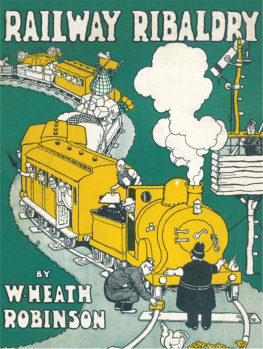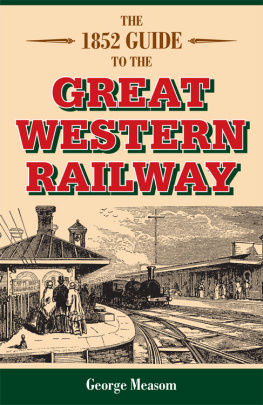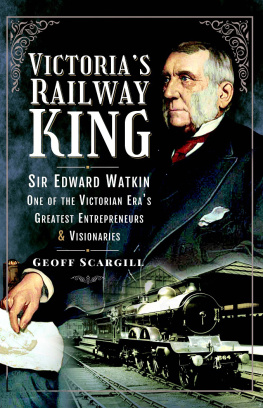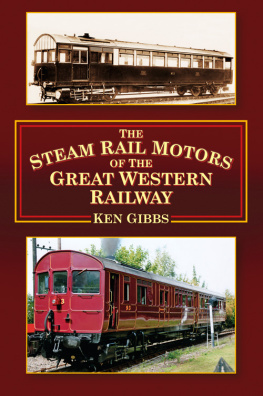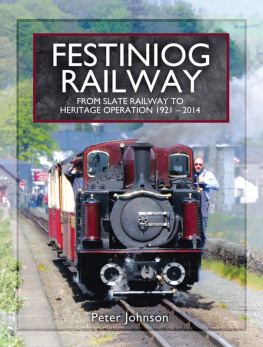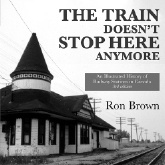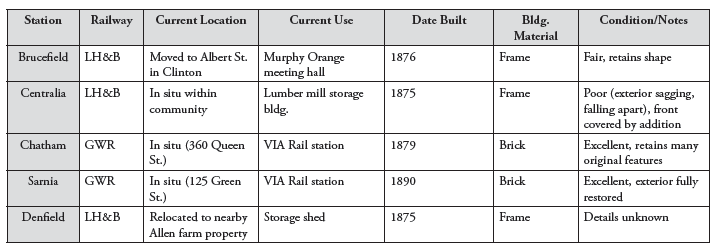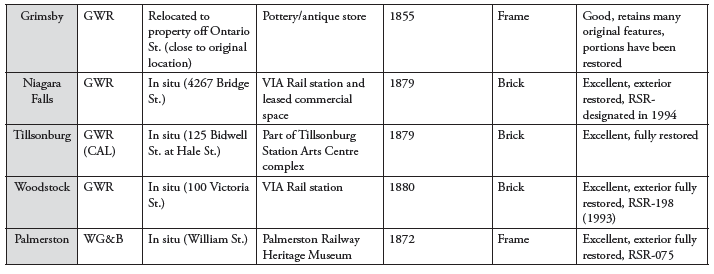Acknowledgements
The author wishes to thank the following persons/organizations for their assistance in bringing this book to a successful conclusion:
Don McQueen (whose careful review of the manuscript resulted in comments that substantially improved its quality)
Carl Riff (whose meticulous review of contemporary newspapers added significantly to the chapters regarding construction and accidents)
Richard McQuade
Andrew Merrilees (deceased)
Ted Rafuse
OurOntario.ca Community Newspaper Collection
Denis Hoffman
Goad fire insurance maps were kindly provided by:
Theresa Regnier, Archives and Research Collections Centre, University of Western Ontario, London, Ontario
Windsor Community Museum, Windsor, Ontario
Photographs were kindly provided by:
Canadian National Photo Archives (accessed via Marcia Mordfield of the Canada Museum of Science and Technology, Ottawa, Ontario)
Cathy Roy, Niagara Falls Public Library
G.L. Smith
Joan Magee
Joseph P. Day (deceased)
John Speller
Malgasia Myc, Claude T. Stoner Collection, Bentley Historical Library, University of Michigan, Ann Arbor, Michigan
Hamilton Public Library
Dana W. Ashdown
Patricia Lawton, Archives of Ontario, Toronto, Ontario
Great Lakes Marine Collection, Wisconsin Marine Historical Society, Milwaukee Public Library, Milwaukee, Wisconsin
Robert Graham, Historic Ships of the Great Lakes, Bowling Green State University, Bowling Green, Ohio
Marlo Broad, Thunder Bay National Marine Sanctuary Database, Alpena Public Library, Alpena, Michigan
G.W. Hilton
Stanford University Press
Burton Historical Collection, Detroit Public Library
Toronto Public Library
David Rumsey Map Collection
Buffalo Historical Society
Library and Archives Canada, Ottawa, Ontario
Randy Goss, Delaware Public Archive, Dover, Delaware
Loutit District Library Collection, Grand Haven, Michigan
William Cunningham, City Archives, Grand Rapids, Michigan
Southwestern Ontario Digital Archive, University of Windsor, Windsor, Ontario
Clinton Northern Railway, St. Johns, Michigan
Cindy Sinko, Stratford-Perth Archives, Stratford, Ontario
Gina Coady, Elgin County Archives, St. Thomas, Ontario
Karolee Tobey, Grand Rapids Public Library
Christine Riggle, Baker Historical Collection, Harvard Business School, Boston, Massachusetts
The author also wishes to thank David Henderson at Railfare DC books and Cheryl Hawley at Dundurn Press for transforming computer files and a collection of photographs and digital scans into a finished product of which we all can be proud. Dede Johnston, word processor extraordinaire, did a masterful job in preparing the manuscript in its entirety for subsequent production into the finished product, a feat for which I am truly grateful.
In this book, pounds sterling () are expressed as British units. Since Canada did not have the dollar as a form of currency until 1858, all dollars are expressed as United States units up to and including the year 1857, while Canadian units are used from the year 1858 and thereafter. Unless otherwise specified, all municipalities associated with the Great Western Railway are in the province of Ontario while those associated with the Detroit and Milwaukee/Detroit, Grand Haven, and Milwaukee railways are in the state of Michigan.
Appendix
Extant Great Western Stations in Ontario and Detroit and Milwaukee / Detroit , Grand Haven and Milwaukee Stations in Michigan
Abbreviations: GWR = Great Western Railway; LH&B = London, Huron & Bruce Railway; CAL = Canada Air Line; WG&B = Wellington, Grey & Bruce Railway
RSR refers to the designation issued by the Canadian federal government under the provisions of the Heritage Railway Stations Protection Act.
Abbreviations: DGH&M = Detroit, Grand Haven and Milwaukee Railway; D&M = Detroit & Milwaukee Railway; F&PM = Flint and Pere Marquette Railroad (a Pere Marquette predecessor)
Chapter 1
Early Years
J anuary 9, 1834, was an historic day upon which a select committee of the Legislative Assembly of Upper Canada enthusiastically recommended approval of a petition under consideration. This petition called for the granting of a charter to construct a railway from the town of London to the head of Lake Ontario. Supporters of the petition included many progressive and influential citizens of London, Hamilton, and all points between, including Allan Napier MacNab, Edward Allen Talbot, Colin C. Ferrie, James Belle Ewart, James Hamilton, Mahlon Burwell, James Ingersoll, George J. Goodhue, and Jasper T. Gilkison. In fact, seventy-six sponsors affixed their names to the petition, including one man who was member of Parliament for the London district and chairperson of the select committee that approved the petition: Mahlon Burwell!
The result was the incorporation of the London and Gore Railroad Company on March 6, 1834, for the purpose of constructing a single or double track wooden or iron railway or way commencing at the town of London and extending to the harbour in Burlington Bay at the head of Lake Ontario and also the navigable waters of the Thames River [Ed. note: up to Chatham] and Lake Huron. The inclusion of a clause authorizing the use of steam or the power of animals, or any mechanical or other power indicated that railways were still in their infancy at this time and that steam locomotives had yet to prove their superiority. Naturally, the railway was allowed to cross any watercourse or road, provided that the watercourse or road was restored to its original state, and usefulness was not impaired. This was especially emphasized for the Grand and Thames Rivers. As will be seen in the next chapter, the successor Great Western Railway did not always behave in this prescribed manner. Capital stock was established at 100,000 ($487,000 U.S.) with a proviso that it could be increased to 200,000 ($975,000 U.S.) in the event of extending the works to the Thames River or Lake Huron. Construction was to be commenced within two years of passage of the act and was to be completed between London and Burlington Bay within ten years and from London to the Thames River and Lake Huron within twelve years of passage of the act (Upper Canada Statutes, 4 William IV, chapter 29, assent date March 6, 1834).
Promoters of the new company immediately set to work, with the Montreal Gazette (May 3, 1834) reporting:
We perceive by the True Patriot that the first meeting of the friends of the London and Gore Railroad was held in London on Monday, April 7 [1834]; and we rejoice to find that stock on the amount of four or five hundred shares [10,00012,500] was taken up before the meeting adjourned. When it is considered that every landholder within ten miles of the intended road must be greatly benefitted by its completion, and that the produce of the finest and most fertile country in America must in a few years be of little value, unless some such improvement is effected, we are not at all surprised to hear that the farmers are coming forward to take up stock.
Unfortunately, the promoters found themselves unable to attract necessary capital, despite a modest objective of 100,000. Despite a lack of capital, enthusiasm continued unabated. In 1836 Elisha Johnson, civil engineer, was engaged to conduct a preliminary survey of the route and report to the directors.


